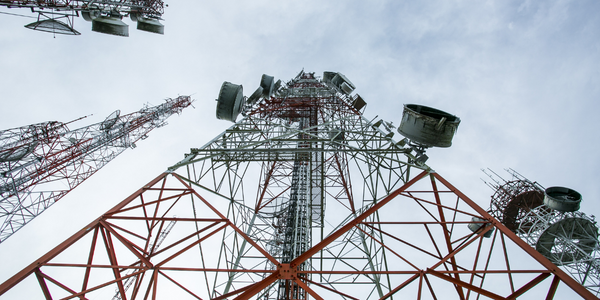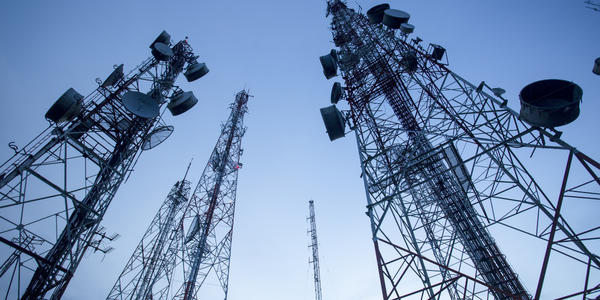Verizon Wireless Enhances Performance with Lightbend Reactive Platform, Doubling Results with Half the Hardware

公司规模
Large Corporate
地区
- America
国家
- United States
产品
- Akka Platform
- Lightbend Reactive Platform
- Spring Boot
技术栈
- Java Virtual Machine (JVM)
- Asynchronous Non-Blocking I/O
实施规模
- Enterprise-wide Deployment
影响指标
- Cost Savings
- Customer Satisfaction
- Productivity Improvements
技术
- 平台即服务 (PaaS) - 应用开发平台
- 应用基础设施与中间件 - API 集成与管理
适用行业
- 电信
适用功能
- 商业运营
用例
- 过程控制与优化
- 远程资产管理
服务
- 系统集成
- 软件设计与工程服务
关于客户
Verizon Wireless is a major telecommunications company in the United States, known for its extensive mobile network and a wide range of services including voice, data, and video. As a large corporate entity, Verizon has been at the forefront of adopting new technologies to enhance its service offerings and improve customer experience. The company has a significant online presence, processing numerous business transactions and customer orders through its e-commerce platform. Over the years, Verizon has expanded its digital capabilities to include support for various smart home devices and digital assistants, such as Alexa and Google Home, as well as social media platforms like Facebook. This expansion has led to increased demands on its commerce platform, necessitating a robust and scalable solution to handle the growing volume of online transactions efficiently.
挑战
The existing platform was a huge monolith, and since the code base was so large, software builds often took a whole night to run. Setting up a testing, development or production environment required five to 10 days of work, and deploying an emergency fix to production took 24 hours. Even worse, the legacy platform couldn’t handle the massive increase in site traffic on holiday sales days and other big events, such as the launch of a new iPhone. So, for more than a decade, Verizon’s engineers had to recreate the entire e-commerce site in parallel with a special light code base that disabled logging, removed all complex transaction requirements, and was subjected to massive load testing. This bespoke website only ran in production for a few days each year, even though it took more than six months to create. Verizon’s site never crashed on the holidays or after a new iPhone launch, an industry record unmatched by any other cell provider. But all of that special code was tossed out every year and never re-used.
解决方案
Verizon set up a special team of architects to review alternatives to the Oracle platform. They quickly embraced reactive principles, and over a two-month period, they evaluated every major platform on the market. The final two choices were Spring Boot from Pivotal and Akka Platform from Lightbend. What Verizon liked about Akka Platform is its ability to scale as needed, its hot reload features, and the ease of use it provides for ops teams. Akka Platform also delivered blazing performance through its support for stateless, asynchronous non-blocking I/O, the ability to bounce a server in seconds, minimal garbage collection, and a hot reload capability that cuts development cycles in half. Moreover, compared to the legacy Oracle system, which required 20GB of reserved memory since everything was cached locally, Akka platform only required a Java Virtual Machine (JVM) footprint of under 500MB—making it considerably more memory-efficient.
运营影响
数量效益

Case Study missing?
Start adding your own!
Register with your work email and create a new case study profile for your business.
相关案例.

Case Study
Vodafone Hosted On AWS
Vodafone found that traffic for the applications peak during the four-month period when the international cricket season is at its height in Australia. During the 2011/2012 cricket season, 700,000 consumers downloaded the Cricket Live Australia application. Vodafone needed to be able to meet customer demand, but didn’t want to invest in additional resources that would be underutilized during cricket’s off-season.

Case Study
SKT, Construction of Smart Office Environment
SK T-Tower is the headquarters of SK Telecom. Inside the building, different types of mobile devices, such as laptops, smartphones and tablets, are in use, and with the increase in WLAN traffic and the use of quality multimedia data, the volume of wireless data sees an explosive growth. Users want limitless Internet access in various places in addition to designated areas.










